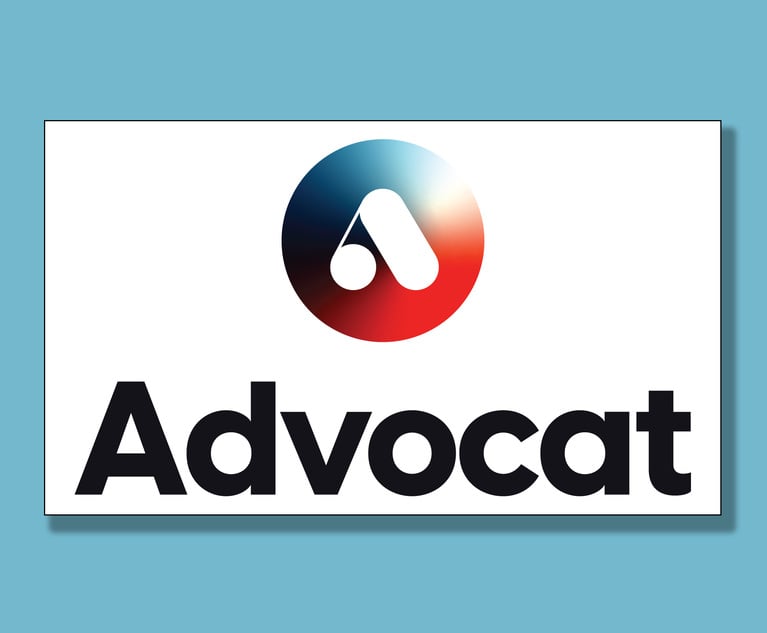While e-discovery once seemed like the new frontier of technology, today it has become a routine part of practicing law. What’s not routine, however, is e-discovery pricing. Despite the fact that the practice has been around for several years at this point, budgeting for e-discovery and predicting your needs throughout the life cycle of a matter haven’t gotten much easier. From per-user fees to per-gigabyte rates, creating an accurate e-discovery budget can seem like an impossible task. The good news, though, is that by understanding the various charges and all the steps of the process, you’ll be well on your way toward predicting costs that previously seemed unpredictable.
Common E-discovery Charges
Chances are, if you’ve managed a large e-discovery matter, you’ve been handed an invoice of varying charges that take a fair amount of time to sort through. The first step in budgeting for e-discovery is understanding the different types of charges you might encounter. The following are the most common.
- Per gigabyte: When you’re dealing with data, you’ll typically be charged by the gigabyte. Data ingestion, processing, production, hosting and analytics are usually billed at a per-GB rate. Because the size of document productions varies widely, so do the total per-GB charges from case to case.
- Per user: Depending on the database your service provider offers, you may be charged a user fee for every person accessing the data.
- Per hour: Ongoing functions performed by your service provider, such as database support or data management, are usually charged out at hourly rates.
- Per page/per document: Several e-discovery functions are billed on either a per-page or per-document basis, including productions, OCR, Bates stamping and certain analytical offerings.







